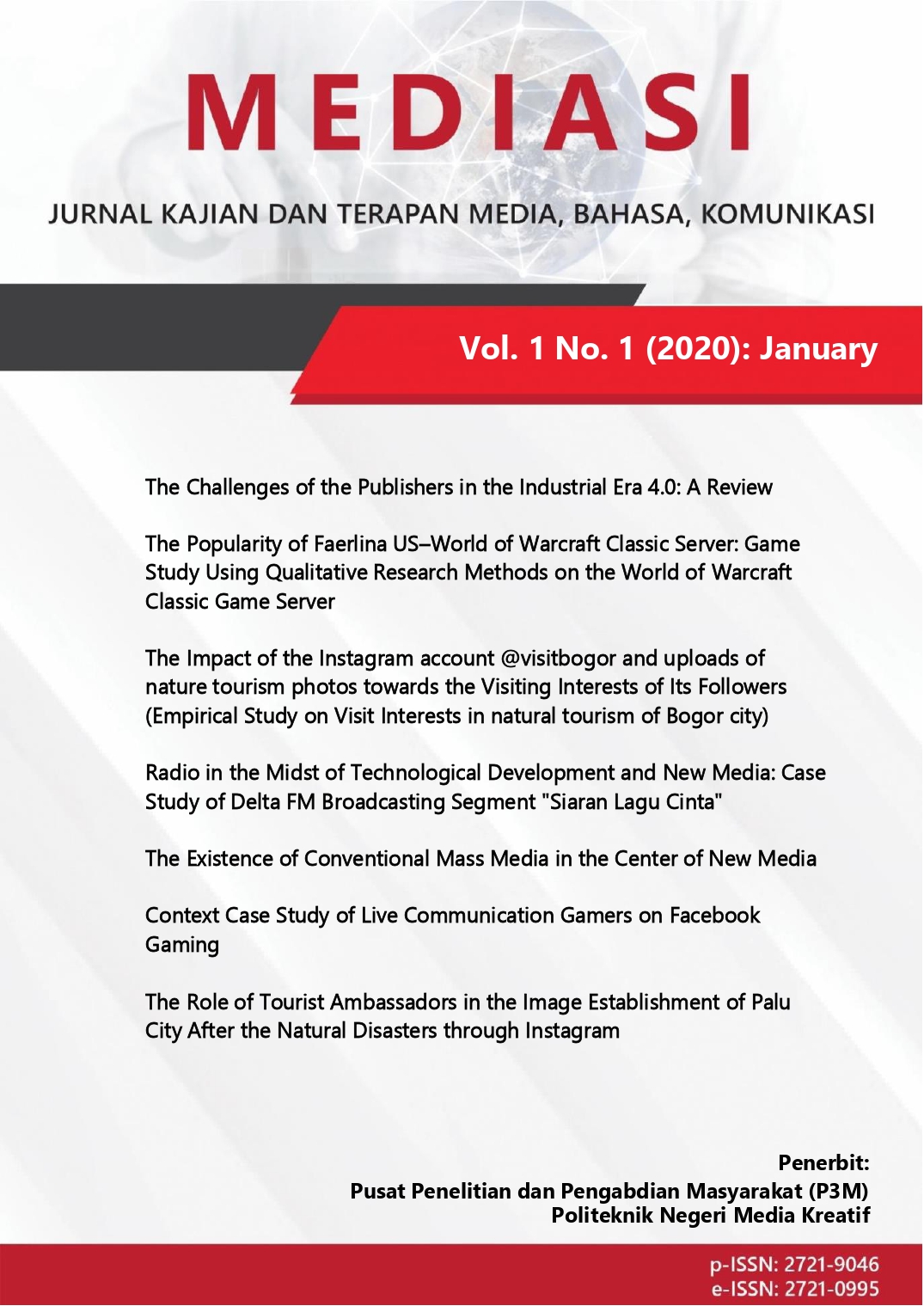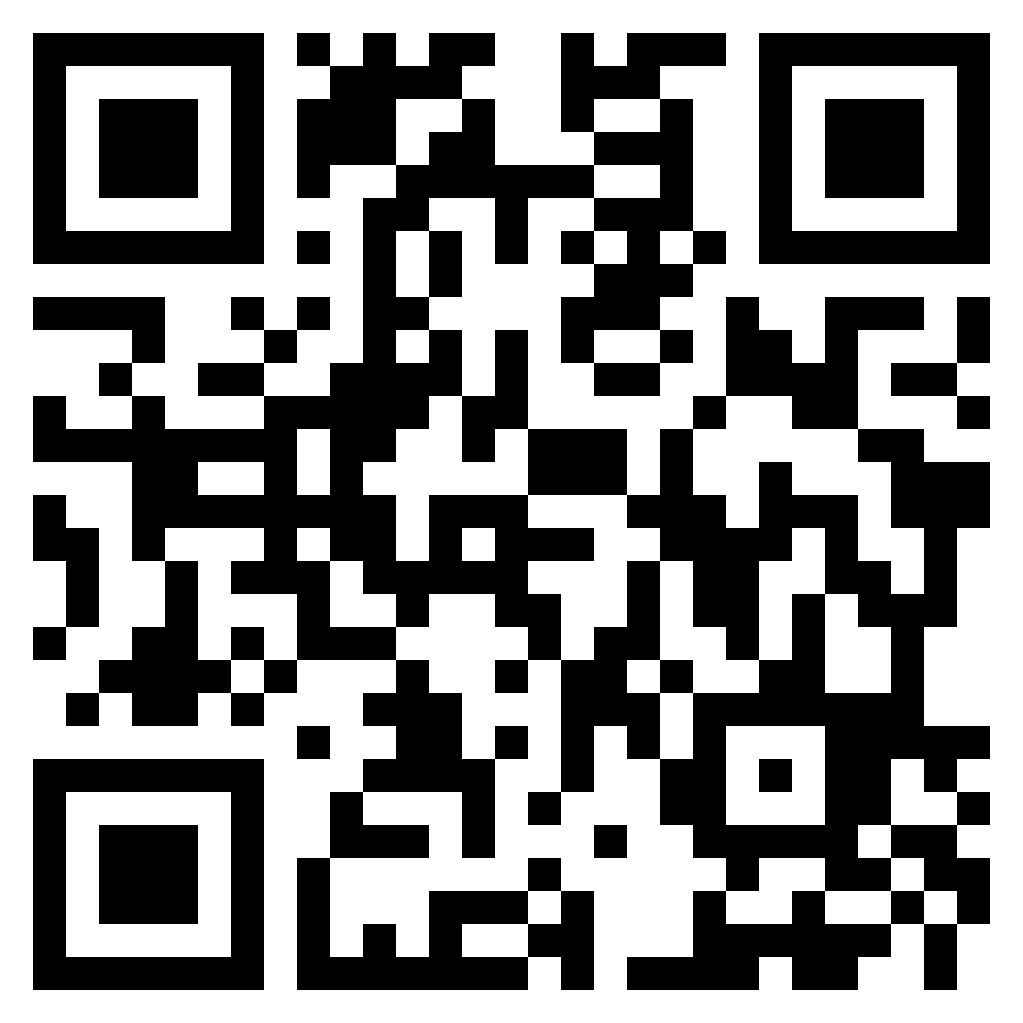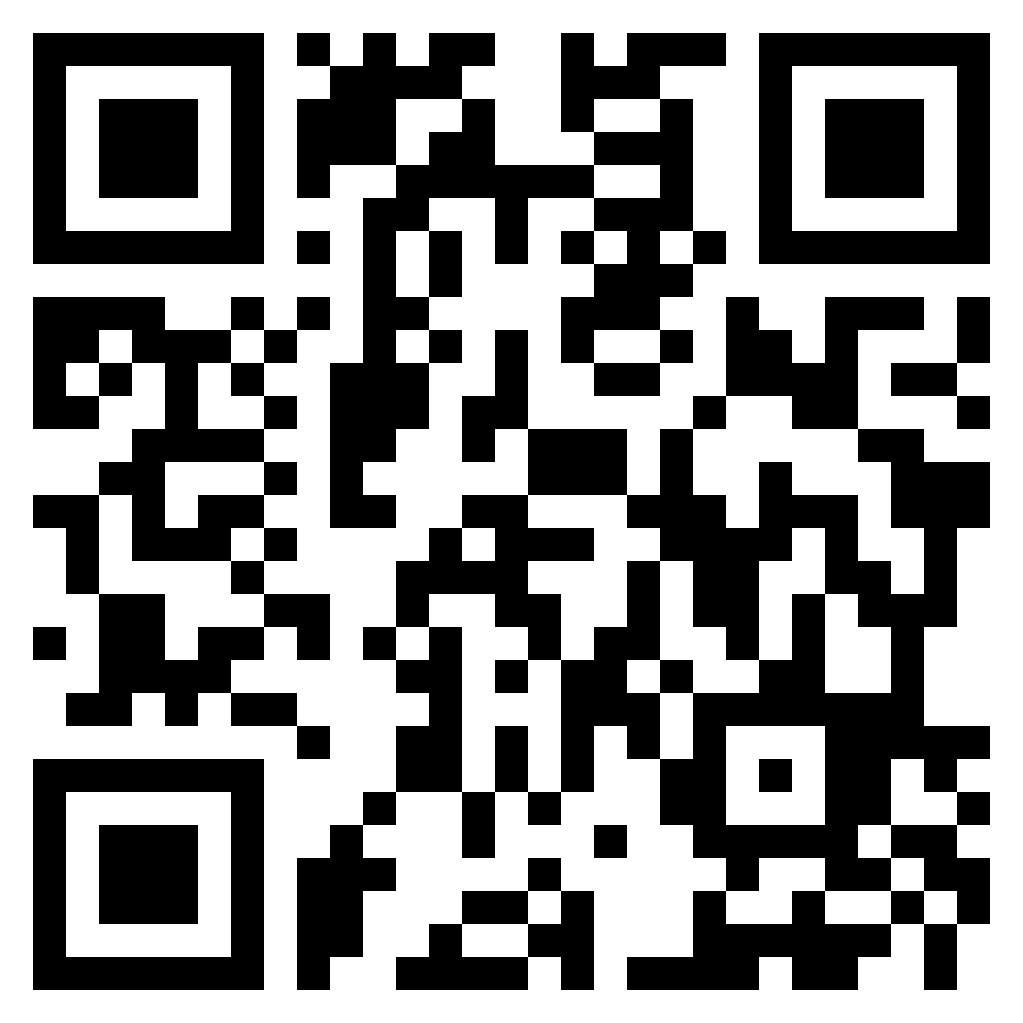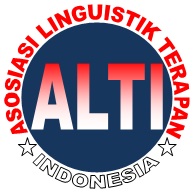The Impact of Instagram account @visitbogor and uploads of nature tourism photos towards the Visiting Interests of Its Followers (Empirical Study on Visit Interests in natural tourism of Bogor city)
DOI:
https://doi.org/10.46961/mediasi.v1i1.399Keywords:
Instagram Account, Photo Uploads of Nature Attractions, Visiting Interests, S-O-R theory,Abstract
This research is conducted with the aim of knowing the impact of the Instagram account @visitbogor to the interest in visiting the followers, knowing the effects of uploading natural travel photos on a visiting interest of followers, knowing the impact of Instagram account @visitbogor and uploading of natural travel photos to the interest of visiting followers. This research samples a total of 400 respondents with purposive sampling techniques filtered on the basis of certain criteria. The study uses the S-O-R theory. The data analysis methods in this study used multiple linear regression analyses and hypothesis testing using the T test and F test with the help of SPSS version 22. Acquired regression coefficient value Y = 2.160 + 0.163 X1 + 0.720 X2, relationship level correlation value is said to be strong because it exists at a 0.60-0,799 interval of 0.730 with a percentage of 73% coefficient of determination value of 0.533 which means that 53.3% of visiting interest in followers is influenced by the Instagram account is presented @visitbogor and upload of nature tourism photos with H1 received based on the results of Thitung (2.195) > Ttabel (1.966) on a < 0.05. H2 received according to Thitung (20.230) > Ttabel (1.966) on sig α = 5% with sig value of 0.000 < 0.05. H3 is received based on the result of Fcalculate (226.196) > Ftabel (3.86) on a sig α = 5% with a sig value of 0.000 < 0.05. The results showed a significant influence between the variables of the Instagram account's cast @visitbogor and the uploading of natural tourist photos of the followers ' visiting interests.
References
Abdi, Yuyung. 2012. Photography From My Eyes. Jakarta: PT. Elex Media Komputindo.
Alwi, Audi Mirza. 2002. Foto Jurnalistik, Metode Memotret dan Mengirim Foto ke Media Massa. Jakarta: PT. Bumi Aksara.
Atmoko, Bambang Dwi. 2012. Instagram Handbook. Jakarta: Mediakita.
Bungin, Burhan. 2005. Metodologi Penelitian Kuantitatif. Jakarta; Kencana Prenada Grup.
Burhanuddin. 2014. Fotografi. Yogyakarta: Graha Ilmu.
Effendi, Onong Uchajana. 2003. Ilmu Teori dan Filsafat Komunikasi. Bandung: Citra Aditya Bakti.
Ghozali, Imam. 2011. Aplikasi Analis Multivariate dengan Program SPSS. Semarang: Badan Penerbit Universitas Dipenogoro.
Holmes, David. 2012. Teori Komunikasi Media Teknologi dan Masyarakat. Yogyakarta: Pustaka Pelajar
Indonesia Investments. (2016, Desember 16). Industri Pariwisata Indonesia. Indonesia-investments.com.
Kriyantono, Rachmat. 2012. Riset Komunikasi. Jakarta: Kencana.
Nugroho, Agung. 2005. Strategi Jitu Memilih Metode Statistik Penelitian Dengan SPSS. Yogyakarta: Andi.
Nurudin. 2007. Pengantar Komunikasi Massa. Jakarta: PT. Raja Grafindo Persada.
Rakhmat, Jalaludin. 2009. Psikologi Komunikasi. Bandung: PT. Remaja Rosdakarya.
Saleh, Abdul Rahman. 2004. Psikologi Suatu Pengantar (Dalam Perspektif Islam). Jakarta: Kencana
Sugiyono. 2017. Metode Penelitian Kuantitatif, Kualitatif, dan R&D. Bandung. Alfabeta.
Spillane, James. 1994. Pariwisata Indonesia, Siasat Ekonomi dan Rekayasa Kebudayaan. Yogyakarta: Kanisius.
Walgito, Bimo. 2002. Pengantar Psikologi Umum. Yogyakarta: Andi Offset.
Winkell, W. S. 1983. Psikologi Pengajaran. Jakarta: PT. Gramedia Widia Sarana.
Downloads
Published
How to Cite
Issue
Section
Citation Check
License
You are free to:
- Share — copy and redistribute the material in any medium or format
- Adapt — remix, transform, and build upon the material
- The licensor cannot revoke these freedoms as long as you follow the license terms.
Under the following terms: Attribution; NonCommercial; and no additional restrictions.















